UH’s Stewardship of Maunakea
At 13,803 feet above sea level, Maunakea on Hawai‘i Island, is the second highest island peak in the world and the highest point in the state. With its perfect combination of high elevation, dry environment, clean air and stable airflow—Maunakea is considered one of the best sites in the world for astronomical observation.
Modern astronomy on Maunakea began in the aftermath of the devastating 1960 Chilean tsunami that hit the northeastern coast on Hawai‘i Island that resulted in the loss of over 500 business and homes, caused $75 million in damages, and killed 61 people. A new economic driver was needed to shore up Hawai‘i Island’s fragile economy from future disasters. Hoping to capitalize on Maunakea’s almost-perfect attributes to attract the astronomy industry to Hawai‘i and to establish the state as a worldwide leader in the field, then Governor John A. Burns authorized the Hawai‘i State Board of Land and Natural Resources (BLNR) to enter into a 65-year lease with the University of Hawai‘i (UH) to manage a 11,288-acre science reserve dedicated to astronomy in 1968.
A few years later, the completion of the first major telescope on Maunakea, closely followed by the creation of the Institute for Astronomy—helped to propel UH as a world-class leader in the field. Currently, Maunakea is host to several of the world’s premier, ground-based astronomical observatories and is widely considered as the most productive astronomical research site in the world. According to a University of Hawai‘i Economic Research Organization report in 2014, it is estimated 1,400 jobs statewide are sustained by astronomy, with an economic impact of $90 million per year on Hawai‘i Island and $170 million per year statewide. These are numbers that Governor Burns would have been proud of.

However, much has changed since 1968. Although a strong and diversified economy remains paramount to the state, a strong Native Hawaiian cultural renaissance has ushered the state, UH, Maunakea observatories and other stakeholders in astronomy to reinforce the cultural significance of Maunakea and invite the voices of the community, particularly Hawai‘i’s indigenous community, into the planning and decision-making process.
In 2014, construction was to begin on the Thirty Meter Telescope (TMT), one of a new class of extremely large telescopes, on Maunakea. Featuring a 30-meter primary mirror and cutting-edge adaptive optics, TMT would be the most powerful telescope in the world—allowing astronomers to look deeper into space with a resolution 10-times sharper than the Hubble Space Telescope. Originally slated to begin scientific operations in 2022, this “crown jewel” of telescopes assured that Hawai‘i would remain at the forefront of astronomical research.
Instead, the future of astronomy in Hawai‘i has reached a crossroad.
After a number of protests and a well-publicized blockade of the access road to Maunakea by Native Hawaiians that halted construction in July 2019,
the TMT project’s future is now in limbo. There have also been calls for the state to not renew UH’s master lease on the Maunakea Science Reserve, which expires in 2033, due to its past track record of the mountain’s management.
In its pursuit of telescope development for the state, UH was admittedly not very balanced in its initial cultural, historic and environmental stewardship of Maunakea. Rocked by a critical state audit in 1998, UH used it as a “wake up call” to become more thoughtful and responsible stewards of the mountain, initiating a series of openly developed and inclusive management plans, resolutions, administrative rules and programs that have resulted in steady improvements over the years.
Management Plans
The turnaround began in 2000 with the creation of the Maunakea Master Plan (MP) that restricted future development to a 525-acre astronomy precinct within the reserve, shifted stewardship responsibility to Hawai‘i Island, created the Office of Maunakea Management at University of Hawai‘i at Hilo (UH Hilo) and two volunteer community advisory entities—the Maunakea Management Board and the Kahu Kū Mauna (Guardians of the Mountain). The subsequent development of the Maunakea Comprehensive Management Plan (CMP) in 2010 and its supplemental plans, provided overarching management guidelines for Maunakea to address public access, cultural resources management, natural resources management and decommissioning of observatories, as well as management of construction activities, education and outreach.
While not perfect, subsequent audits and evaluations acknowledged UH’s efforts and progress. A follow up to the 1998 report by the state auditor in 2014 noted that: “…UH has developed several management plans that provide a comprehensive framework for managing and protecting Mauna Kea while balancing the competing interests of culture, conservation, scientific research and recreation.” In 2020, an independent evaluation commissioned by the State of Hawai‘i Department of Land and Natural Resources stated: “We heard many comments that the cultural and natural resources on the state conservation lands on Mauna Kea are some of the best managed and protected lands in the entire state.”
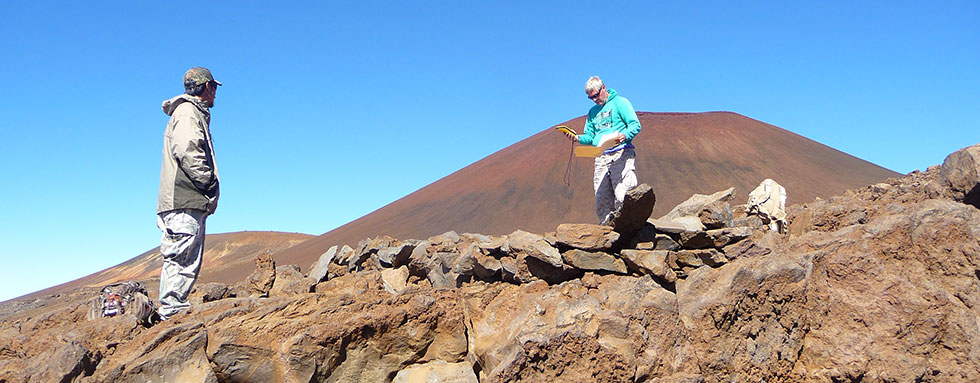
Center for Maunakea Stewardship
The Center for Maunakea Stewardship (CMS) was established in August 2020 to create clear lines of responsibility for stewardship of the mountain under one umbrella with oversight of UH’s cultural, scientific, and educational resources. The CMS combines the Office of Maunakea Management and Maunakea Observatories Support Services under the executive director for Maunakea Stewardship and formalizes the collaborative roles for the UH Institute for Astronomy and UH Hilo ‘Imiloa Astronomy Center.
Telescope Decommissioning
As part of its promise to reduce astronomy’s footprint on Maunakea, the UH Board of Regents approved a resolution in 2019 to decommission and remove five telescopes by 2033. Currently, the Caltech Submillimeter Observatory and the UH Hilo Hoku Ke‘a teaching telescope have begun the process. Decommissioning means the complete removal of all man-made structures and the restoration of the site to its pre-construction natural condition to the extent possible. The decommissioning process is almost as complicated as that for construction, requiring environmental assessments, conservation district use permits and public hearings before any demolition work can begin.
Maunakea Rangers
The Maunakea Rangers program was established in 2001 to help protect the natural and cultural resources on the mountain and to provide public safety for visitors and observatory staff. In addition to informing visitors about the cultural, natural and scientific significance of the mountain, Rangers provide emergency assistance, maintain trails, remove litter and ensure that observatories are in compliant with their conservation district use permits.
Cultural and Natural Resource Management
Through an extensive archaeological survey of the Maunakea Science Reserve completed by UH, over 260 historic, archaeological and cultural sites, including ahu (shrines) and burial sites, have been identified and are regularly monitored and protected.
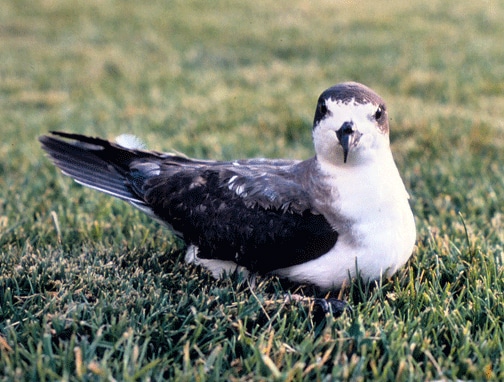
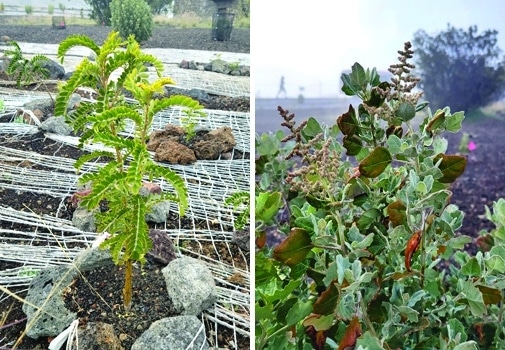
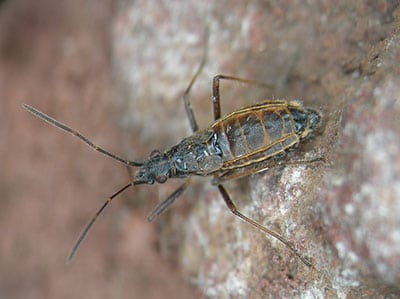
The University of Hawai‘i’s natural resources program for Maunakea includes early detection surveys, protocols and programs to prevent the spread and establishment of invasive species threats. Since 2012, over 2,400 garbage bags of invasive weeds have been removed by over 1,500 community volunteers. In 2019, native plant restoration began at the Hale Pōhaku mid-level facility. A greenhouse was recently completed to help with the propagation and outplanting of native fauna, including māmane, ‘āweoweo, pawale, puakala and he‘upueo.
Through UH’s continued conservation efforts, the native wēkiu bug, first discovered on Maunakea in 1979, was removed from the endangered species list in 2011. In addition, the ‘u‘au, an endangered native seabird that has not been seen since 1954, was recently located on the mountain through research sponsored by CMS.
Educational and Cultural Outreach
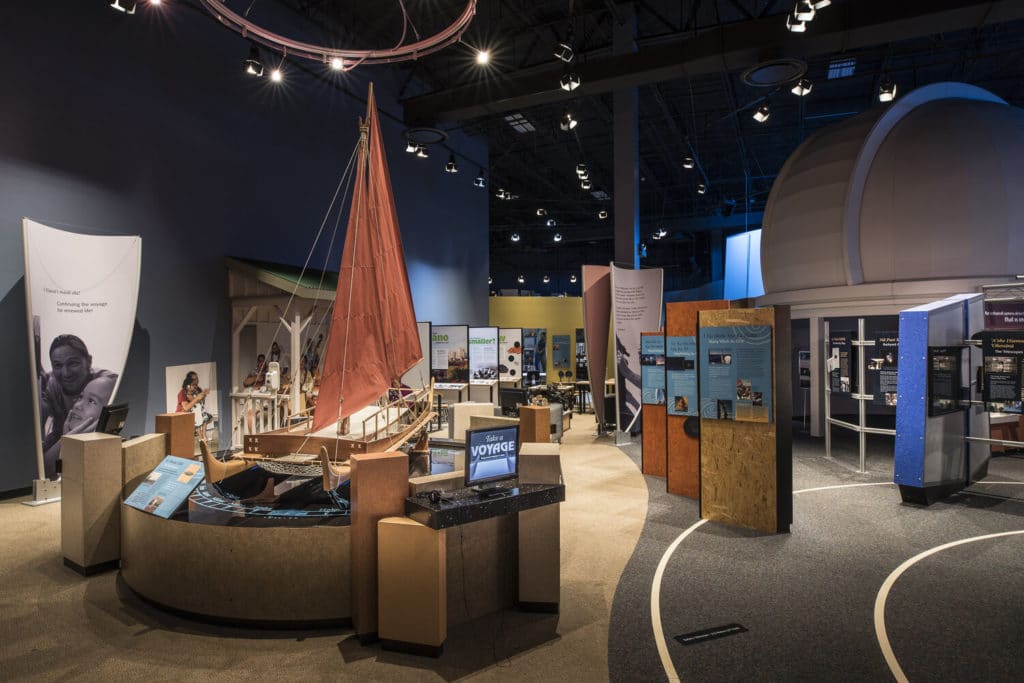
The ‘Imiloa Astronomy Center at UH Hilo is the only science center in the world created explicitly to promote contemporary science education to the public within the context of an indigenous culture. ‘Imiloa strives to elevate culture and education along with astronomy and land stewardship, including the development of educational materials for staff and visitors to Maunakea, as well as improving the educational and cultural experience at the Visitor Information Center and at the Hale Pōhaku facility. Since its inception in 2006, the center has hosted more than one million visitors, including over 120,000 Hawai‘i students in grades K-12. ‘Imiloa’s A Hua He Inoa program is the first of its kind to weave traditional indigenous practices into the process of officially naming astronomical discoveries.
A number of outstanding educational outreach programs have also been developed over the years by the Maunakea observatories. Examples include the Journey to the Universe program and the highly successful Maunakea Scholars program where local high school students compete for telescope observing time that has resulted in some noteworthy astronomical discoveries.
Other Opportunities
With the transition to mostly remote operations of the telescopes on Maunakea, the Hale Pōhaku mid-level facility is now underutilized. The University of Hawai‘i is looking into its potential to serve as a multi-disciplinary field station for itself and other institutions in areas such as geophysics, culture, and history, to name a few. With the planned decommissioning of the Hoku Ke‘a teaching telescope, UH is also looking to house a 28-inch educational telescope at Hale Pōhaku that would be available for use by UH students and faculty, as well as the community.
The Future of Astronomy in Hawai‘i
Currently, updates to both the MP and CMP are being discussed with stakeholders from the State, Native Hawaiian groups, Maunakea observatories, community members and UH that will offer an even stronger balance of cultural practice, recreation, educational and research opportunities on the mountain. Also, these plans will play a critical role in UH’s master lease renewal request to the BLNR that will determine whether UH remains in its current stewardship role, has a reduced role or plays no role in Hawai‘i astronomy beyond 2033.
“Our goal is to ensure a future for astronomy on Maunakea and we feel the University of Hawai‘i is in the best position to do so,” said Greg Chun, executive director of the Office of Maunakea Stewardship. “We learned a lot over the years and have made significant changes to the way we do things, including what our responsibility is as stewards of the mountain and in our deeper understanding and integration of the values the community, particularly the Native Hawaiian community, into our plans and management.”

